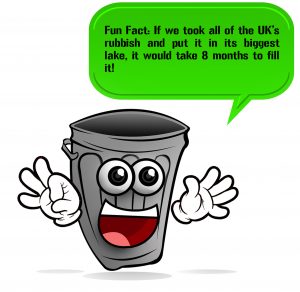This baby has it all. Its got cost effectiveness, generation, and storage. This in just over 6000 acres. Congratulations to all of the people involved.
World’s largest solar plant goes live, will provide power for 1.1M people
Up to 11% of the world’s electricity could come from concentrated solar by 2050
The world’s largest solar power plant, now live in Morocco, will eventually provide 1.1 million people with power and cut carbon emissions by 760,000 tons a year.
The $9 billion Noor Concentrated Solar Power (CSP) plant could eventually start exporting energy to the European market.
The Noor Concentrated Solar Power (CSP), paid for with funds approved by The World Bank, is located in the Souss-Massa-Drâa area in Morocco, about 6 miles from Ouarzazate town. It began operation on Thursday. While the World Bank and other development partners provided financial support, the Noor solar plant is a wholly Moroccan project.
“With this bold step toward a clean energy future, Morocco is pioneering a greener development and developing a cutting edge solar technology,” Marie Francoise Marie-Nelly, World Bank Country Director for the Maghreb, said in a statement. “The returns on this investment will be significant for the country and its people, by enhancing energy security, creating a cleaner environment, and encouraging new industries and job creation
:}
Go there and read. More next week.
:}



 At Your Home
At Your Home  In Your Community
In Your Community  On your Rural Property
On your Rural Property  In Our National Forests
In Our National Forests